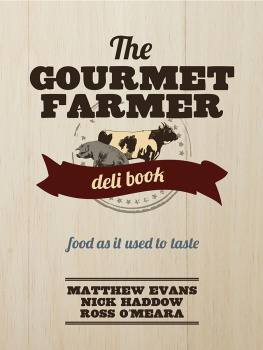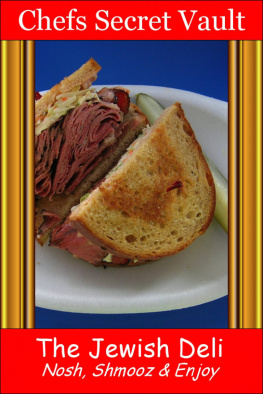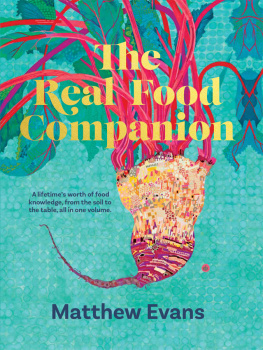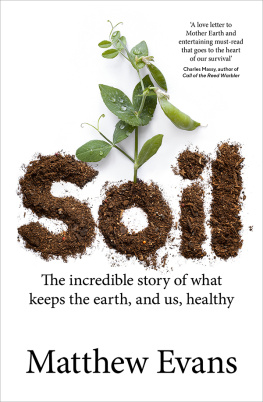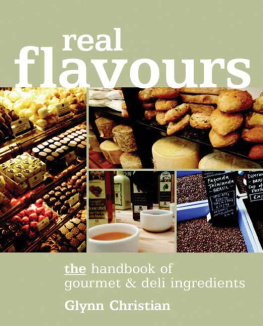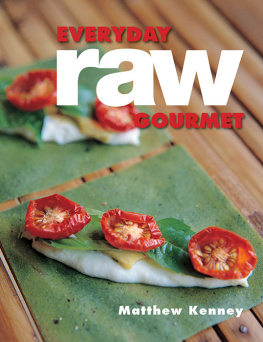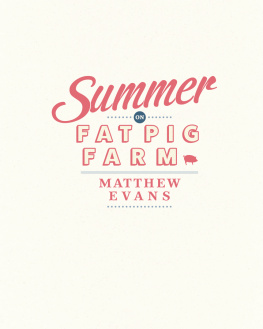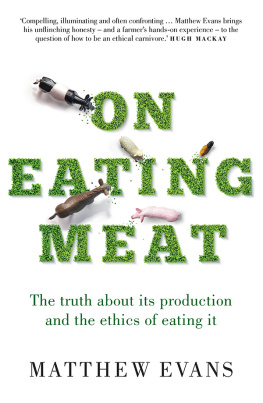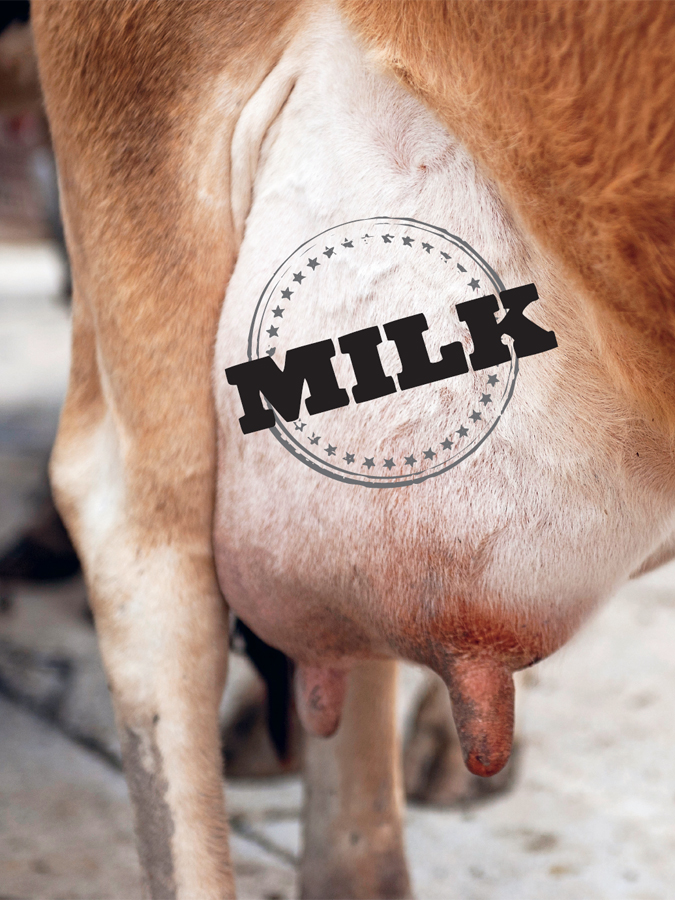Also Available


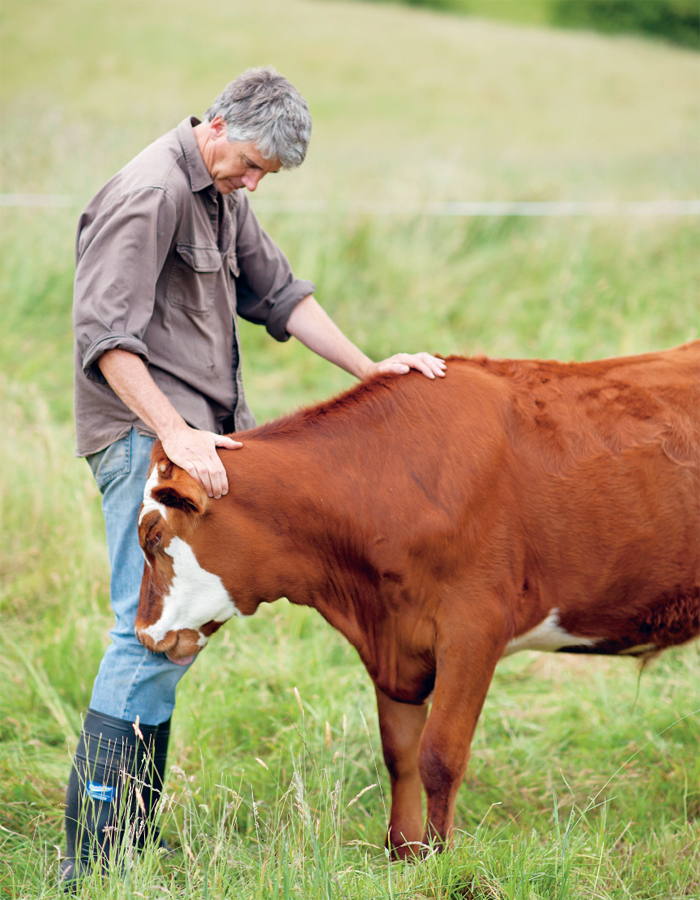

This book is an ode to the old ways. Its a celebration of the way things should taste and used to taste. It rejoices in the old-fashioned, not for the sake of it, but for the taste of it. Because in so many ways the modern industrial food system has improved efficiency, yield and turnover times at the expense of flavour.
The three of us have been very blessed in life. We have been to the source of produce. Two of us run our own farms, the other a boutique cheesery. We have all fished in pristine waters, nurtured meals from the soil, even worked in quality restaurants. And now, in our little piece of paradise in southern Tasmania, were preserving our own meat, firing up smokers, bottling fish and living a life many think only exists in Provence or Tuscany. The thing is, what makes our eating so good is at the fingertips of anybody who cares to give it a go.
Make your own Toulouse sausages and youll be amazed at the difference. Smoke your own pork middles to discover the Lost Taste of Bacon. Pot-set your own yoghurt, churn your own butter, brine your own olives and youll not only be mesmerised by the distinction between yours and commercial products, but you will also discover that all too often the shortcuts used by the food industry are there for one thing only; profit. We, however, are focused on how the thing eats when you carry out that most personal of acts; putting it in your mouth, chewing and swallowing. Its food produced without a manufacturer in mind food that's aimed firmly at the cook and the eater.
We hope this celebration of old-fashioned methods opens up a whole new, boundless world where the variations possible are only limited by your time and imagination. Where the ham you make one day will taste not only different from anything you can buy, but a little different from the next ham youll make, or the one after that. Its a book about putting your personal stamp on the tucker in your pantry and larder. We hope you enjoy delving into its depths as much as we enjoyed discovering the old, handcrafted ways too.
Matthew, Nick and Ross

THERE ARE HUNDREDS OF REASONS NOT TO GO TO THE EFFORT OF MAKING YOUR OWN CHEESE, BUTTER OR YOGHURT AND ONLY ONE COMPELLING ARGUMENT TO DO IT: FLAVOUR.
Nowhere in the world of food has anything strayed so far off track as dairy products. A combination of excessive regulation, demands by supermarkets leading to mass production and the dumbing down of consumers has left us with shopping trolleys full of sickly sweet yoghurt, cream thickened with gums, butter with no flavour, cheese that never ripens and ricotta made from milk powder. How on Earth did we let this happen?
It can be startling how good homemade dairy produce can be when the true flavour of the milk is allowed to take centre stage. Sourcing good milk to start with is essential. It seems wrong to go to the trouble of making your own cheese or yoghurt from bog-standard supermarket milk. If you cant befriend a local dairy farmer to access your milk (remember, there are loads of smallholders who have a house cow or goat), then buy unhomogenised milk, ideally from one farm. We are lucky in Australia that there are more and more options available for sourcing this kind of milk.
Many of the processes in this chapter are quite simple, and really only just involve steering what happens if you let nature take its course. Hygiene is of paramount importance when making fresh dairy products, as most of the time what you are trying to do is create a perfect environment for good bacteria. Because the bad bugs are equally happy breeding in these conditions, you need to take steps to try and keep them out. Before making any of the recipes, make sure you wash, sterilise () and dry all of your equipment and your work space.


STERILISING BOTTLES
For all preserving you need to have your bottles, jars and other equipment free of bacteria or moulds or anything that could prove harmful if allowed to stay in the jar and affect the food. All jars and lids should be spanking clean AND sterile.
A dishwasher will not only clean the jars and lids, but the heat of the water will sterilise them. If youre hand washing jars, or using jars that have been stored for a while, youll need to sterilise them using boiling water or a hot oven. Many people take the clean jars and place in cold water then bring to the boil. (The risk of jars shattering comes when there is a great change in temperature; hence the cool jars in cool water to start.) The difficult thing is removing the hot jars from the water and keeping them sterile without dropping them, though you can buy special tongs for this purpose.
Clean jars can also be put into a cool oven and heated to 100C (200F). You need to be careful when you heat the lids because if you heat them much past 100C the rubber seals can melt or harden. The simplest sterilising method is the microwave; you can kill bacteria and spores by placing empty, clean and dry jars in the microwave for about 30 seconds per jar. However, this wont work for metal lids.

